MARKET OVERVIEW
The global interstitial cystitis drugs market in the next coming years is likely to see new pharmacological agents being developed uniquely for IC management. Developers are going to focus on exciting mechanisms in underlying disease states, particularly for inflammation and bladder wall dysfunction. New drug formulations, whether they are biologics or not, will promise alleviation of symptoms and a betterment of patients' well-being. Combination therapy will be another industry route into exploration, whereby two or more agents function in synergy to bring relief that is needed.
It would be yet another critical field concerning the management and treatment of interstitial cystitis as a chronic debilitating disorder manifested through pelvic pain and urinary symptoms. Due to the wider recognition that the disorder may receive from healthcare providers and researchers, the industry will have more opportunities in that regard.
Millions of people worldwide have been diagnosed with interstitial cystitis, now referred to as bladder pain syndrome. It has caused a lot of pain and also psychological distress. There is a great need for effective therapies to deal with the physical and emotional burden associated with the condition, and this is where the global interstitial cystitis drugs market will step in to fill the gap. Indeed, most patients are currently being treated with a combination of medicines, physical therapy, and lifestyle modifications, but many patients leave with relatively insufficient relief. This gap in effective treatment will stimulate research and development in this area, paving the way to novel drug therapies.
The partnerships the drug companies, the drug-based companies, and research institutions enter into will lead to further growth. The latter companies will pool their knowledge and resources together to construct new effective drugs. Clinical trials will then become highly significant, as it is during these that the new drugs are tested in terms of safety and efficiency. In this regard, for stakeholders, investments by the research institution will assure entry into the global interstitial cystitis drugs market only of drugs with the most promise.
Drug approval and monitoring standards by regulatory agencies will be another factor that will shape the global interstitial cystitis drugs market. For drug therapy, new therapies need to stand thorough scientific scrutiny prior to their introduction to a patient, so when they are submitted for approval, the application process will become more streamlined, which will help people with IC get access faster to critical drugs that they need.
Educating and enlightening will also be a significant contributor to the growth of the market. The health care providers will be constantly educated about the new treatment options and the recent research related to interstitial cystitis. This awareness will enable the health care providers to deliver care for their patients in a much more effective and better-planned way. More people, when aware of the disease, will seek a doctor's recommendation, thereby increasing the number of registered cases and thus the patient population in the global interstitial cystitis drugs market.
The global interstitial cystitis drugs market is poised to build towards the needs of those suffering from interstitial cystitis. Ongoing research, cooperative efforts, and support by regulators will translate to innovative treatments that better manage symptoms and improve quality of life for patients. The more this market develops, the commitment to the often-ignored condition becomes a beacon of hope for sufferers of interstitial cystitis.
Global interstitial cystitis drugs market is estimated to reach $363.8 Million by 2031; growing at a CAGR of 3.7% from 2024 to 2031.
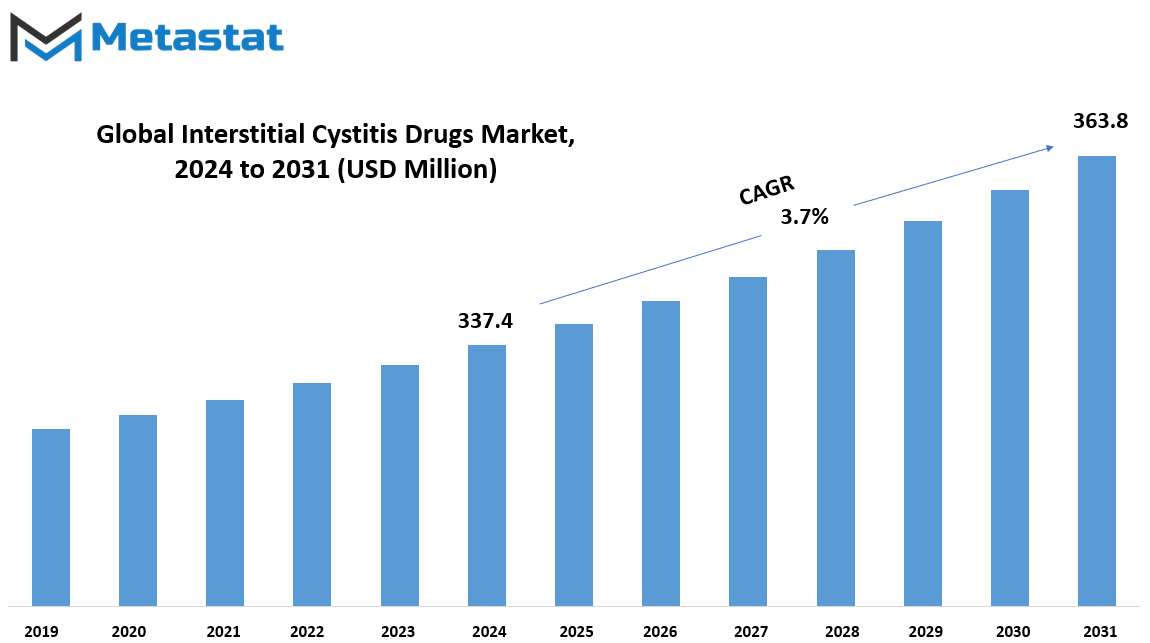
GROWTH FACTORS
The global interstitial cystitis drugs market does have great potential and is expected to grow drastically. The high prevalence of this disease is among the major drivers that help fuel demand for efficacious drugs for its treatment. It is because, day by day, people acknowledge the symptoms and are being diagnosed, and the urgency for specific drugs to address this need grows. This emerging awareness both challenges patients to seek healthcare advice and inspires healthcare providers to develop medical therapies. As the awareness and diagnosis are on the rise, the market for drugs treating interstitial cystitis is expected to increase accordingly.
However, several factors affecting patient access still prevail; though the trends seen are promising in many respects, several challenging factors remain. In this respect, the exorbitant price tag of treatment and medications will limit the availability of necessary drugs. Many people cannot afford the treatment and therefore can experience poor management of their disease. Interstitial cystitis also has a limitation of treatment alternatives that directly present obstacles in the management of the disease. Different individuals react to varying treatments; this will make it quite challenging for someone to come up with the best treatment plan applicable to each person. A challenging aspect of ICG is this variability in response. This makes patients and healthcare providers frustrated to the core, leading to ineffective management and possible outcomes.
Overall, the global interstitial cystitis drugs market presents much promise for the future. The possibility of developing new, better drugs with specific needs of patients offers an enormous avenue for growth. The deficits in the therapeutic modality of interstitial cystitis would be overcome by research and development exercises that would come up with innovative new therapies, whose treatment could well alleviate all the deficits that characterize the current drugs in use. Personalized treatment, therefore, is an approach that looks at the response of an individual patient and his preferences, thereby making interventions more effective. Such strategies might rewrite the book on how interstitial cystitis is managed. Patients may enjoy better outcomes and greater satisfaction with this line of intervention.
Basically, this is the point where the global interstitial cystitis drugs market has ever been. With the increasing awareness and diagnosis, it is a demand for effective treatments of more patients with the disease. The challenges of treatment costs and fewer options remain, but opportunities in developing further advance therapies and personalized approaches are enormous. As the stakeholders in the healthcare sector will continue to innovate and move ahead and address these challenges, the market is all set to witness immense growth in the coming years. This ongoing evolution in treatment options will not only benefit the patient but lead, in the future, to a more profound understanding of interstitial cystitis and how one manages it.
MARKET SEGMENTATION
By Drug Class
In the coming years, the global interstitial cystitis drugs market will take off due to greater research in medicine to draw attention to interstitial cystitis as a chronic disorder. This market encompasses various classes of drugs, which are crucial in treating symptoms and discomfort associated with IC. Future Plans & treatments will improve and extend; these will give hope to the patient suffering from this difficult condition.
Drug classes are important in meeting the needs of patients in the global interstitial cystitis drugs market. The most commonly prescribed drugs in this class are NSAIDs. These drugs act in relieving pain and reducing inflammation; hence, they feature at the forefront of use for many healthcare providers. Nevertheless, over time, future improvements in new formulations and combinations of these drugs would proffer better efficacy and reduce side effects.
Another important class is the tricyclic antidepressants. Primarily designed to treat depression, such medications have been found to alleviate symptoms of IC patients through pain management. One foreseen future for this class of drugs could be more targeted therapies designed to affect only those pathways the drug and the patient truly benefit from regarding IC.
Pentosan polysulfate sodium, sold under the brand name Elmiron, has been able to treat the lining of the bladder. Further studies may lead to long-term effects and other discoveries. This might then allow there to be more medicines like it, with similar benefits, for patients and physicians to use as treatment options.
Another medication used for treatment of interstitial cystitis is dimethyl sulfoxide. Dimethyl sulfoxide, commonly known to be capable of penetrating biological membranes, can decrease inflammation and pain. New future studies may reveal more applications for DMSO, making it a more superior drug in the treatment of IC.
Apart from these primary categories of drugs, there would other drugs which could be part of the global interstitial cystitis drugs market such as antihistamines which could provide symptomatic relief to a few patients. As the nature of the disease is understood better, this market will provide novel treatments for specific needs of patients.
Overall, the prospect for global interstitial cystitis drugs market remains positive as the continuous development of drugs and increasing understanding of interstitial cystitis steadily lead to effective treatment for patients with better-matched personalized solutions. The on-going commitment to research and innovation combined with the efforts of scientists and researchers will further shape the landscape of therapies available for this complex condition and pave the way to better quality of life for all victims.
By Type
A therapeutic area having very significant implications for the patients, the global interstitial cystitis drugs market is gaining much attention on a global scale. Among the many varied symptoms of bladder pressure, bladder pain, frequent urination, it affects a noteworthy fraction of the population, particularly women. As this condition comes into increased prominence, the demand for the effective options would enhance treatment and new pharmaceutical offerings will be seen in the market.
The drugs are basically categorized into two categories in this market: non-ulcerative and ulcerative. Non-ulcerative interstitial cystitis is more common and characterized by a set of symptoms without ulcers in the bladder. Most treatments applied to treat this type of the disease, pain is the resultant symptom it causes, and relieving that by stopping the irritation of the bladder and enhancing the lining of the bladder helps well for comfort. Non-ulcerative treatment focus probably will lead to new formulations of active compounds with novel delivery systems that ensure compliance and eventually result in an improved quality of life.
Ulcerative interstitial cystitis, though less common in men, has its own difficulties. With ulcers on the lining of the bladder it produces more serious symptoms and complications. The drugs for interstitial ulcerative cystitis are said to target the inflammation and enhance healing of the bladder tissues. There could be new drug therapies that come up through research into this direction that will address the needs of a patient with this particular condition. The focus here would be on biologics and advanced therapies for management of symptoms and healing.
In the future, the global interstitial cystitis drugs market will likely advance toward personalized medicine. Advances in understanding the biological pathways of interstitial cystitis will be recognized as vital drivers for the development of targeted therapies to patient profiles. This can eventually bring to an end the guesswork process encountered by most patients who come to seek a cure.
Technological advancements are also important, for they would shape the development and delivery of the drugs. Some innovations through digital health and telemedicine should ensure that better monitoring of patients can take place so that there would be proper adherence to the medication-in other words, people getting the best treatments possible. Overall, the global interstitial cystitis drugs market appears promising with more innovations that will significantly improve the lives of patients suffering from this challenging condition. It would be easier for patients to seek a broader range of effective treatment options to manage their symptoms and enhance their quality of life due to the steady investment from the pharmaceutical industry in research and development.
By Route of Administration
The global interstitial cystitis drugs market is expected to witness high growth as the demand for effective treatment of interstitial cystitis or IC prevails. This chronic bladder disease with pain and discomfort, a condition due to which many individuals are affected, requires constant management. More and more awareness of this disease and research done are changing the very face of treatment. One significant characteristic of this market is the route of administration of the various drugs available. While currently, the global interstitial cystitis drugs market can be segmented into three primary routes: oral, intravesical, and others, oral remains the most popular route attributed to the simplicity and ease associated with it. Most patients prefer oral medication because it is easy to administer in the home setting without requiring specialized procedures. The oral segment is likely to increase even more in the coming years because several drugs such as oral antihistamines and pentosan polysulfate sodium have already provided symptomatic relief in most patients. Greater growth of the oral division within this market for Global Interstitial Cystitis Drugs is likely to come from the pharmaceuticals companies developing better and more patient-compliant oral preparations.
Intravesical delivery is also an important segment of this market. This would involve injecting drugs directly into the bladder through a catheter. Intravesical treatments can provide focal therapy by minimizing systemic toxicities and thereby allowing a higher local concentration of the drug at the bladder wall. This form of treatment is likely to improve as newer formulations and delivery systems for intravesical therapy become available. As new drugs specifically designed for this route of administration are identified, the intravesical component of treatment of interstitial cystitis will be that much more important.
Precision medicine will increasingly be sought in further attempts to go with the change in healthcare around the world. Precision medicine would result in the customization of treatments based on the needs and response of the individual patient, an approach that might eventually bring new therapies targeted at the causes themselves of IC. The advancement of such personalized treatments would be brought by those in biotechnology and pharmaceutical development, providing optimism for better disease management.
The global interstitial cystitis drugs market is on a growth path with new treatments and novel methods of delivery emerging in the field. Oral and intravesical segments are however going to still dominate while personalized medicine will drive the future of innovation. Patients can look forward to a better quality of life as research continues and the interstitial cystitis patient understands their plight.
By Distribution Channel
The global interstitial cystitis drugs market is a vast field in which the healthcare professionals and pharmaceutical companies tend to be keen. Rising awareness about the disease has increased the demand for effective treatments of interstitial cystitis (IC). In this market, medications are distributed through various avenues toward patients’ receptacles. The primary distribution channels for these drugs include hospital pharmacies, retail pharmacies, and online pharmacies, each of which plays an essential role in delivery and care.
Usually, hospital pharmacies are the pioneers of patient services. Hospital pharmacies provide medication to patients who are hospitalized for treatment of interstitial cystitis. To ensure patients have the latest drugs available, they often collaborate with providers of health care on treatment programs tailored to the needs of each individual patient. In a hospital pharmacy, direct access to the medications makes patient care more accessible and therefore better for chronic diseases. Improved efficiency in hospitals due to the adoption of high technologies in inventory management and patient records is expected to further improve patient care.
Retail pharmacies provide another, just as integral function in the global interstitial cystitis drugs market. These pharmacies have easier accessibility to the public, providing patients with a facility to acquire their drugs out of hospitals. The convenience of the retail pharmacies and even counseling can have a big effect on patient compliance with the treatment planned. As the population ages and the incidence of interstitial cystitis is increasing, retail pharmacies likely will increase services, such as offering more specialized drugs and additional patient education programs to ensure that this condition can be efficiently managed by patients.
Online pharmacies are changing the landscape in the delivery of medications to patients. As a result of e-commerce, a patient now can order his or her prescription from the comfort of their home. This method is particularly advantageous for those that cannot access the pharmacies’ grounds due to any disability or also for people living in the rural or remote areas. Internet pharmacies can provide more extensive ranges of drugs, and prices are normally competitive, usually cheaper than in a regular pharmacy. Other advantages include home delivery which allows the patient to be on adherent medication. This does not mean that the advantage shall outweigh the integrity aspects of these drugstores. The individuals must obtain their drugs from reputable sources to eliminate the risk of prescription forgery.
Different kinds of distribution channels through which global interstitial cystitis drugs evolve is presented in a concluding manner. In all the cases, hospital pharmacies, retail pharmacies, and online pharmacies, there is going to be growing needs on the part of patients who would require something to adjust to this situation. Increased access to effective drugs will facilitate the appropriate kinds of channels to enhance further the quality of life of interstitial cystitis patients. The high prospect of innovation in this market promises better days ahead for the people affected by this challenging condition, with continuous improvement in healthcare.
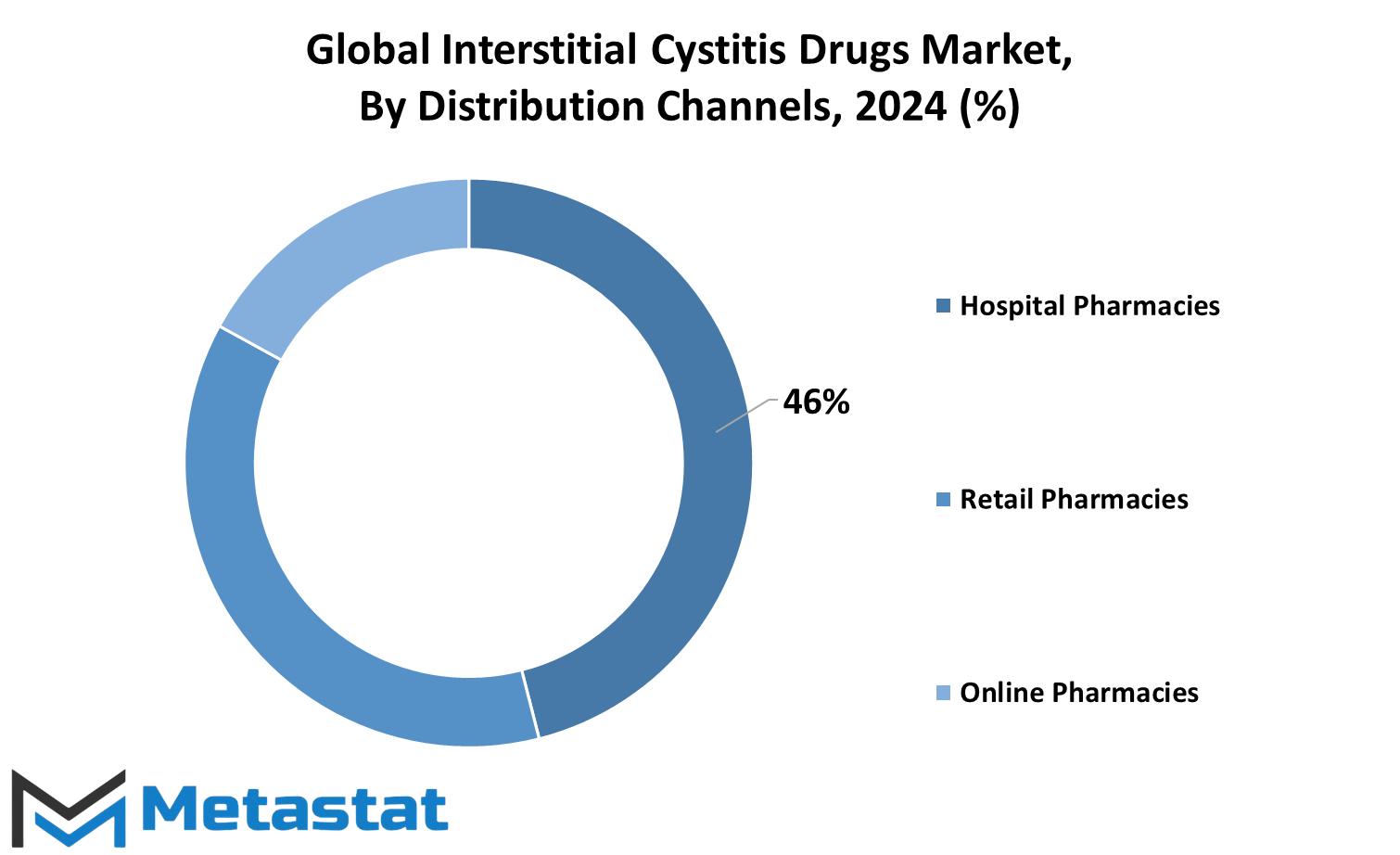
REGIONAL ANALYSIS
The global interstitial cystitis drugs market is very much geographically segmented, which reflects the overall regional dynamics of the industry. Among the regions analyzed for this report, North America, which includes the United States, Canada, and Mexico, holds significant market share in interstitial cystitis treatments. This is because of a number of factors, such as an established healthcare infrastructure, high healthcare spending, and raised awareness levels of the disease. Going forward, drug development and personalized medicine will further change the market space of this region, fine-tuned to various patient needs.
The Europe region is also an important region in the global interstitial cystitis drugs market. The principal countries such as the United Kingdom, Germany, France, and Italy have a sound regulatory climate that positively impacts the market of new therapies. As the European healthcare sector continues to grow, increased activity is expected toward a more patient-centric approach that would fuel demand for new treatments targeting individual needs. Increasingly affected across all countries within the region, interstitial cystitis will likely see an upsurge in research and development activity as companies look for adequate solutions.
Asia-Pacific is a region of growth for the interstitial cystitis drugs market. Countries like India, China, Japan, and South Korea are very rapidly growing in the health care industry. Such development is sure to fuel the growth in demand for safe drugs. An ever-growing population and increasingly growing awareness of the disease in these countries provide favorable prospects for the launch of new products from pharmaceutical companies. The investment made in health care infrastructure is also on the rise so that such patients within the region will have better access to treatments.
The interstitial cystitis drug market in South America is in the emergence phase and key market players in this growth are Brazil and Argentina. As knowledge of the said disorder improves and greater availability of health services, more patients are going to seek effective treatments in this regard, which will push pharmaceutical companies to invest more in the region and thus develop the market further.
The Middle East and Africa represent a diversified landscape for the global interstitial cystitis drugs market. Countries such as Egypt and South Africa are slowly developing their healthcare systems, which would unlock doors for better interstitial cystitis treatments. As awareness rises and spending on healthcare is increasing, the demand for innovative therapies will be higher, and thus, there will be a more dynamic market in this region. Thus, the global interstitial cystitis drugs market would have a promising future with multiple regions carrying prospects for significant contributions to growth and development.
|
Report Coverage |
Details |
|
Forecast Period |
2024-2031 |
|
Market Size in 2024 |
$337.4 Million |
|
Market Size by 2031 |
$363.8 Million |
|
Growth Rate from 2024 to 2031 |
3.7% |
|
Base Year |
2022 |
|
Regions Covered |
North America, Europe, Asia-Pacific Green, South America, Middle East & Africa |
COMPETITIVE PLAYERS
A global interstitial cystitis drugs market is ready to explode, as health care providers as well as patients are becoming more aware and educated about the actual diagnosis of interstitial cystitis. This chronic condition causes pelvic pain as well as urinary urgency, frequency, or pain and remains underdiagnosed that has an effect on the availability of treatment. However, with advancement in medical research and the growing need for better therapies, it is the companies that are trying to find innovative solutions that can fulfill the specific needs of patients affected by this disease.
These major firms operating in this market are AbbVie, Bayer AG, and Boehringer Ingelheim, among others, as they invest so much in research and development of better medications. They make sure that such research will benefit the new product development by exploring new treatment options and novel formulations and delivery systems using their great resources. Increased competition among such firms will develop innovative products for them, ensuring better therapeutic outcomes for their customers.
Bristol-Myers Squibb and Eli Lilly and Company also have significant shares in the global interstitial cystitis drugs market. Patient-centered research is essential for them, so that a new treatment can be found which does not only decrease the symptoms but also improves the quality of life in patients living with IC. More health care providers will realize the importance of early diagnosis and treatment as awareness grows.
Also, the involvement of big pharmaceuticals like GSK and Janssen Pharmaceuticals gives an indication of a solid pipeline for future treatments. They are collaborating with the universities and research centers to clearly understand the mechanisms that lead to causing IC. The multicenter approaches will contribute to a better understanding of the condition itself and set the groundwork for designing targeted therapy focused on the underlying causes of IC instead of its symptoms.
Some of the leading competitors are Merck & Co., Mylan, and Pfizer. Their vast range of treatment modalities will be crucial for them to focus on clinical trials and their subsequent path to regulatory approvals in making the new products available in the market. Patients are on the rise; hence the need for safe and efficient medication, and the companies are set to deliver this.
The global interstitial cystitis drugs market is on an upswing due to the innovative and expanded product lines by key players. With ever increasing attention to understanding this difficult condition, the industry will undoubtedly see the development of therapies that dramatically and positively change the lives of those affected. The challenges that face these companies over time will be ensuring that they are always in line with patient needs, as well as regulatory requirements to ensure that effective solutions can be provided in a timely manner.
Interstitial Cystitis Drugs Market Key Segments:
By Drug Class
- Non-steroidal Anti-inflammatory Drugs
- Tricyclic Antidepressants
- Pentosan Polysulfate Sodium (Elmiron)
- Dimethyl Sulfoxide (DMSO)
- Others (Anti-histamines, etc.)
By Type
- Non-ulcerative
- Ulcerative
By Route of Administration
- Oral
- Intravesical
By Distribution Channel
- Hospital Pharmacies
- Retail Pharmacies
- Online Pharmacies
Key Global Interstitial Cystitis Drugs Industry Players
- AbbVie
- Bayer AG
- Boehringer Ingelheim
- Bristol-Myers Squibb
- Eli Lilly and Company
- GlaxoSmithKline (GSK)
- Janssen Pharmaceuticals
- Merck & Co.
- Mylan
- Pfizer
- Sanofi
- Sun Pharmaceutical Industries
- Takeda Pharmaceutical Company
- Teva Pharmaceuticals
WHAT REPORT PROVIDES
- Full in-depth analysis of the parent Industry
- Important changes in market and its dynamics
- Segmentation details of the market
- Former, on-going, and projected market analysis in terms of volume and value
- Assessment of niche industry developments
- Market share analysis
- Key strategies of major players
- Emerging segments and regional growth potential



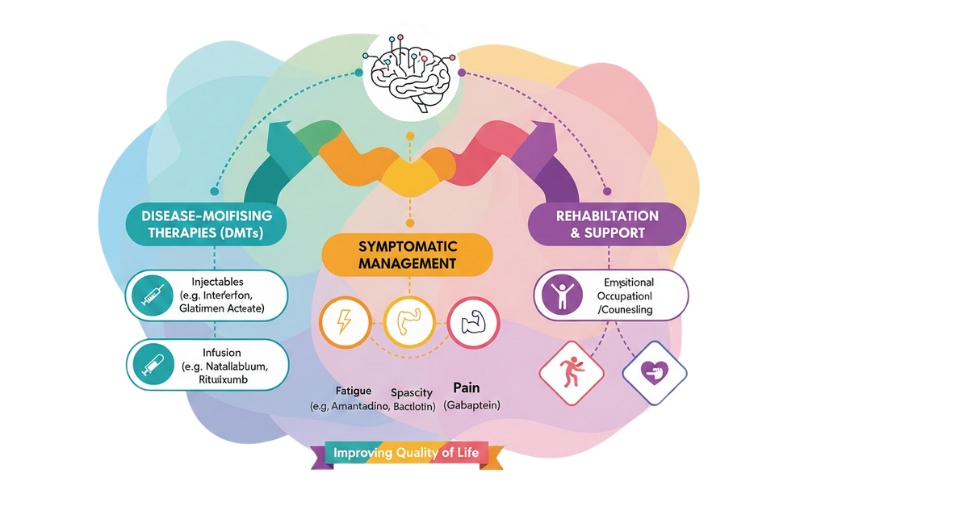
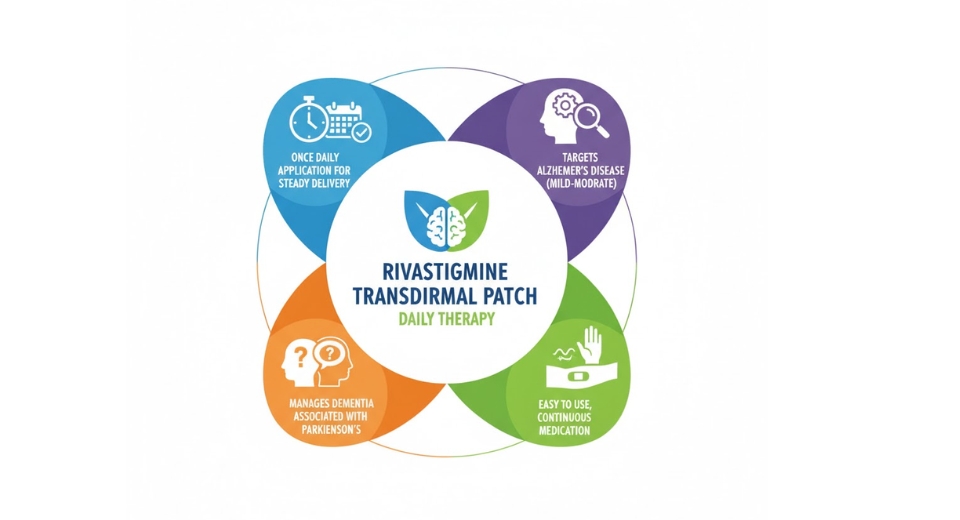
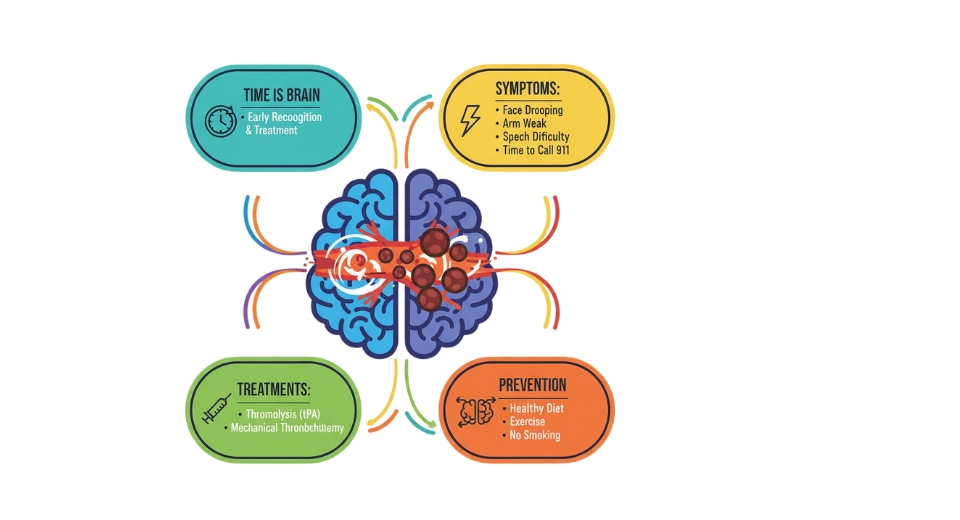
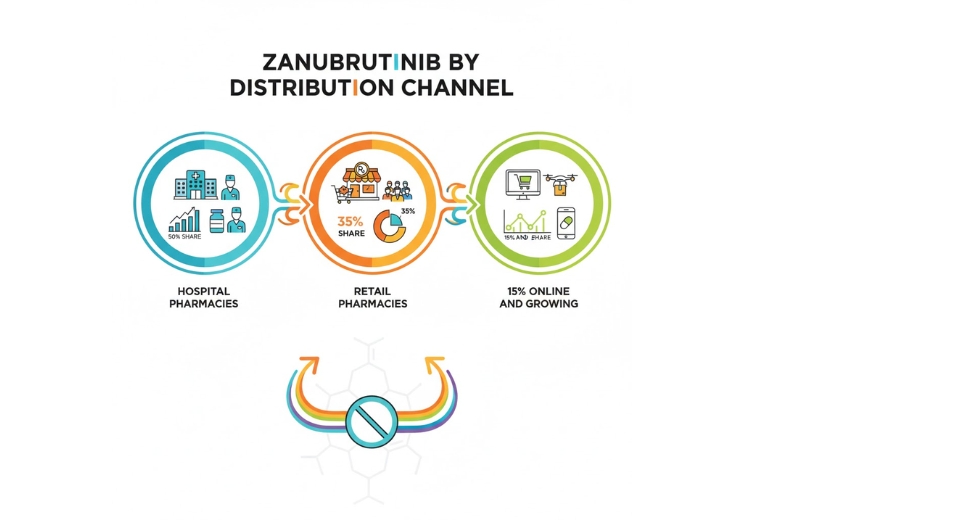

 US: +1 3023308252
US: +1 3023308252






